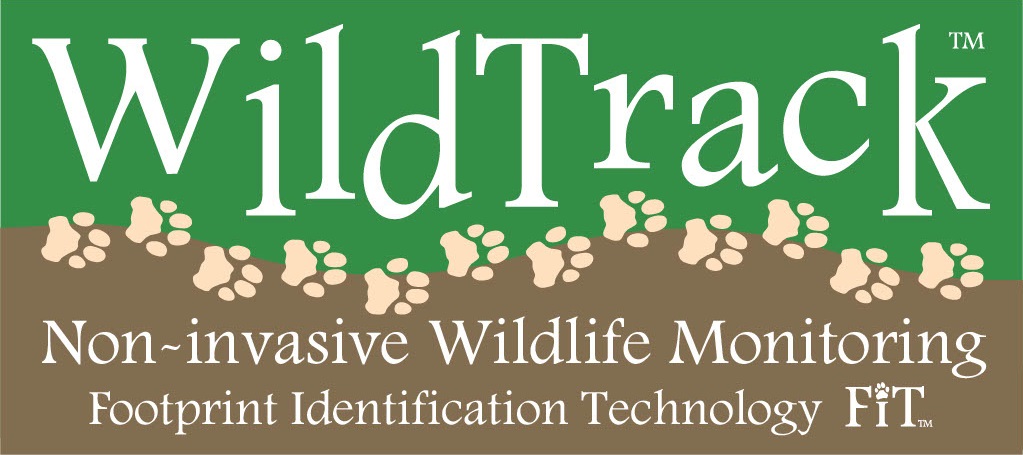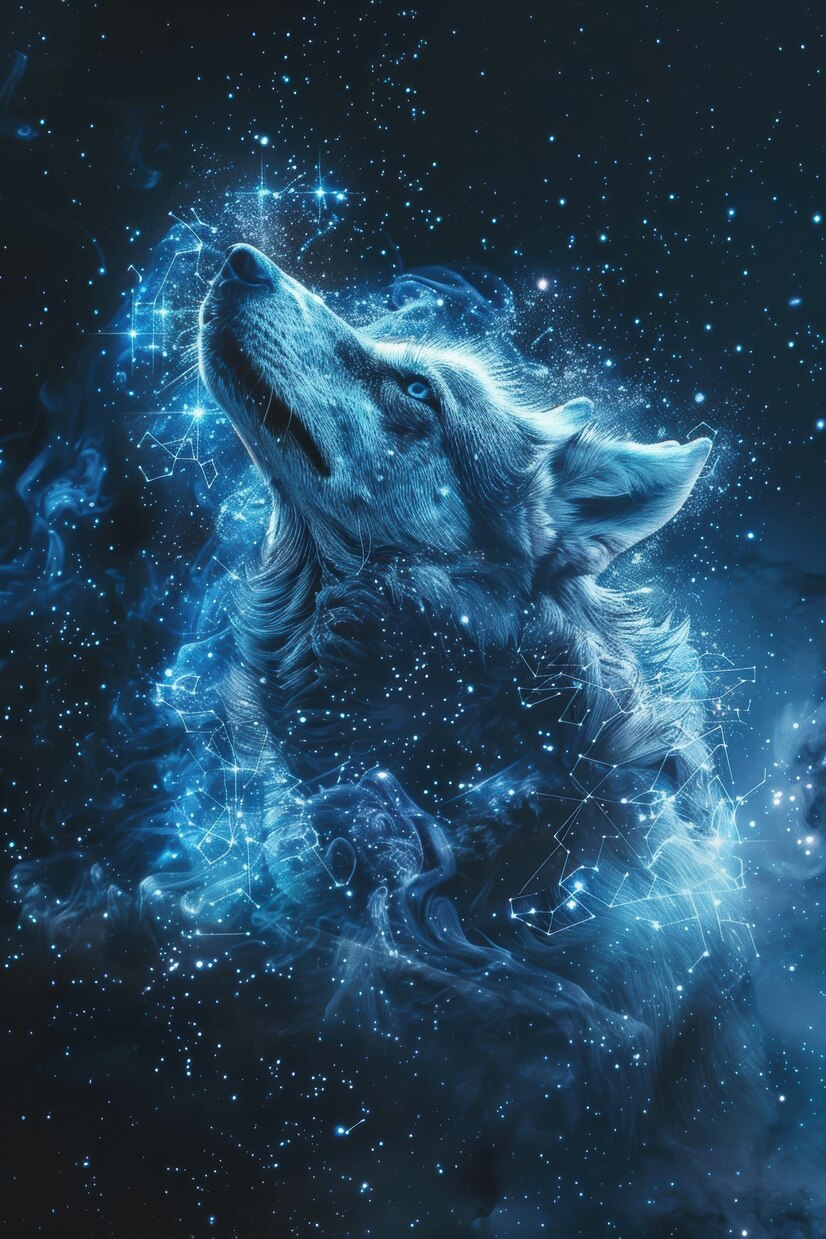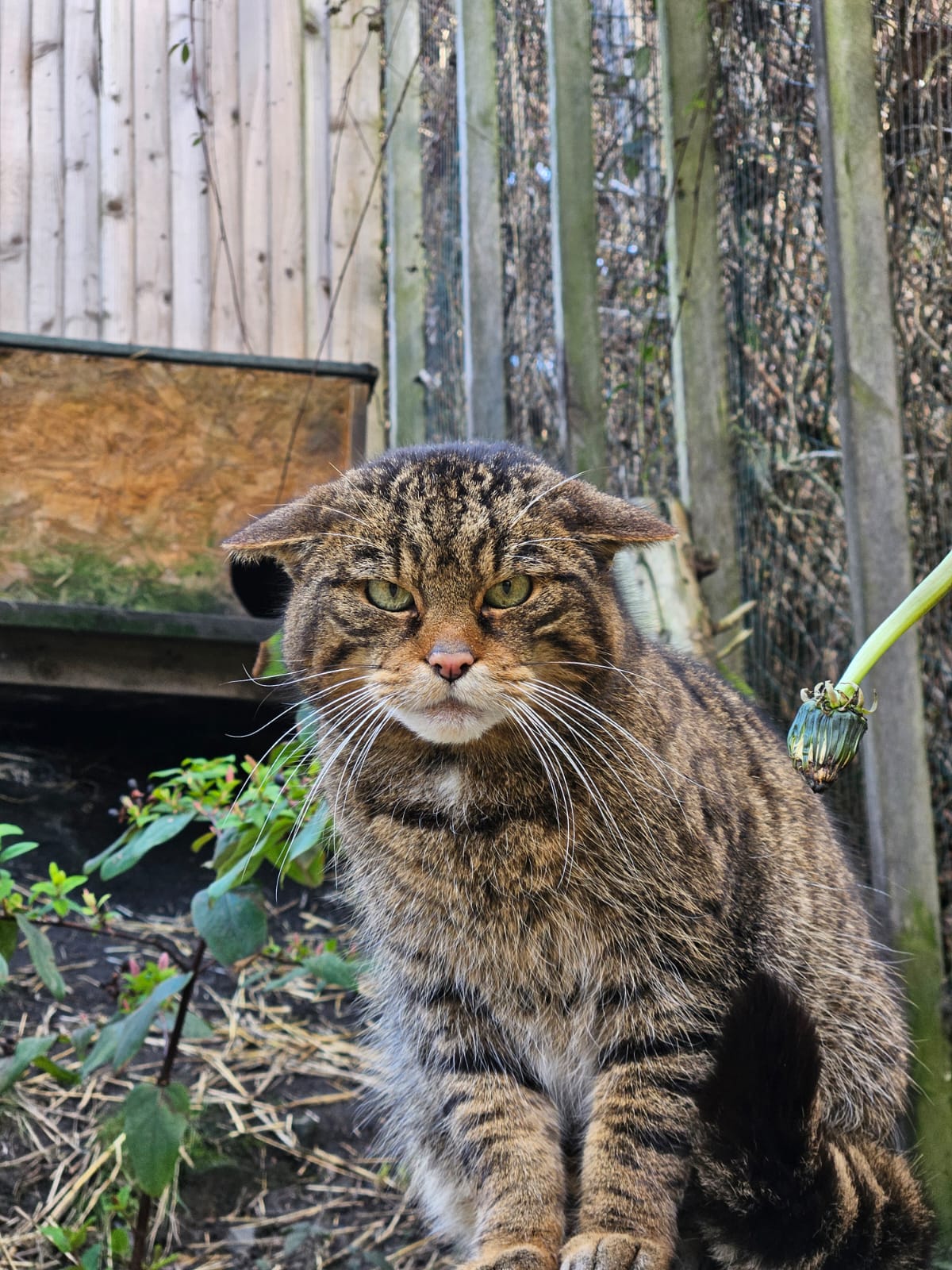WildTrack Team New Interview Series #4: Nathan Gudritz
For the 4th interview in our series featuring some of our awesome WildTrack team members, I’m catching up with Nathan Gudritz, our senior front-end engineer and inspirational force behind the final user-facing features we deliver to capture and manage our data. Welcome Nathan!
1. Please share your name and a little about your background and professional interests.
My name is Nathan Gudritz. I grew up in Northville, Michigan and earned a Bachelor of Science degree in Computer Science from Michigan State University. I’ve spent the majority of my career working with smaller teams and start-ups. I’m both passionate about being a hands-on software engineer and architect as well as leading engineering teams. I’m a full-stack engineer and enjoy working in both the front and back ends.
2. What attracted you to working with WildTrack, and does the experience differ from other work you’ve done before? If so, how?
I was attracted to WildTrack because the mission is vitally important and I’m incredibly appreciative to be able to contribute to the organization as a software engineer. I have a small amount of exposure into conservation in the past as a contributor to the PopLink software over a decade ago and it’s exciting to see how bleeding edge technologies can be utilized the way WildTrack has created.
3. You’ve also co-founded successful companies in the past.Tell us a little about that.
While I’m not a co-founder on my current team, we are a small team and I love being able to have a big impact on the organization. I’m leading the engineering of an iOS and Android app that helps to improve a user’s wellbeing through daily audio practices. Like WildTrack, there is research over decades being our approach to wellbeing practices so it’s exciting to be part of the team that helps to deliver that research to our users. In the past I have been a co-founder of a few different teams and was lucky enough to be able to help found a company that has grown to hundreds of employees and is currently doing very well.
4. As a front-end engineer you have to build the user-facing part of our platforms and mobile app, which is a critical part of our objective to engage users. Because we have such a diverse user base this must present some real challenges - can you talk about one you’ve overcome?
I think the biggest challenge we needed to tackle is how diverse the user base’s internet connectivity can be. Most of the when building a user-interface, you don’t have to be concerned about the access to a high-speed connection. However; with many WildTrack users being in the field, proper internet connectivity could be a rare luxury. One of the first steps we took to try to address that challenge was just to make sure poor connectivity is handled and communicated to the user as best as possible. But there are additional opportunities in the future we could look at with supporting an offline mode and allow a user to use WildTrack without a connection and provide the ability to sync to WildTrack’s backend once they’re connected again.
5. If you could visit any of the WildTrack projects, which would you choose, and why?!
I’ve always wanted to visit the different Southern Africa countries and given the chance to visit any project I would likely choose that area of the world.
6. What new feature do you think would be a great asset to our platform, and why?
A couple of features come to mind that I think would be helpful. As mentioned above, the first feature would be an offline mode for the platform (to match the WildTrackAI app) so that, regardless of a user’s connectivity, they’re able to use WildTrack and sync their data once they’re reconnected. Another feature that may be interesting and helpful for contributors would be the ability to see how their observations and images contribute to the continued growth of WildTrack’s AI algorithm. Contributors may enjoy the visibility into how their contributions help to build up the AI classifier and knowledge base. It may also be helpful to see statistically how better quality observations and images contribute compared to lower quality contributions so contributors can see in action what makes higher quality contributions. As most users don’t have a background in AI and machine learning, it could help to better understand why some contributions support the algorithm over others.






